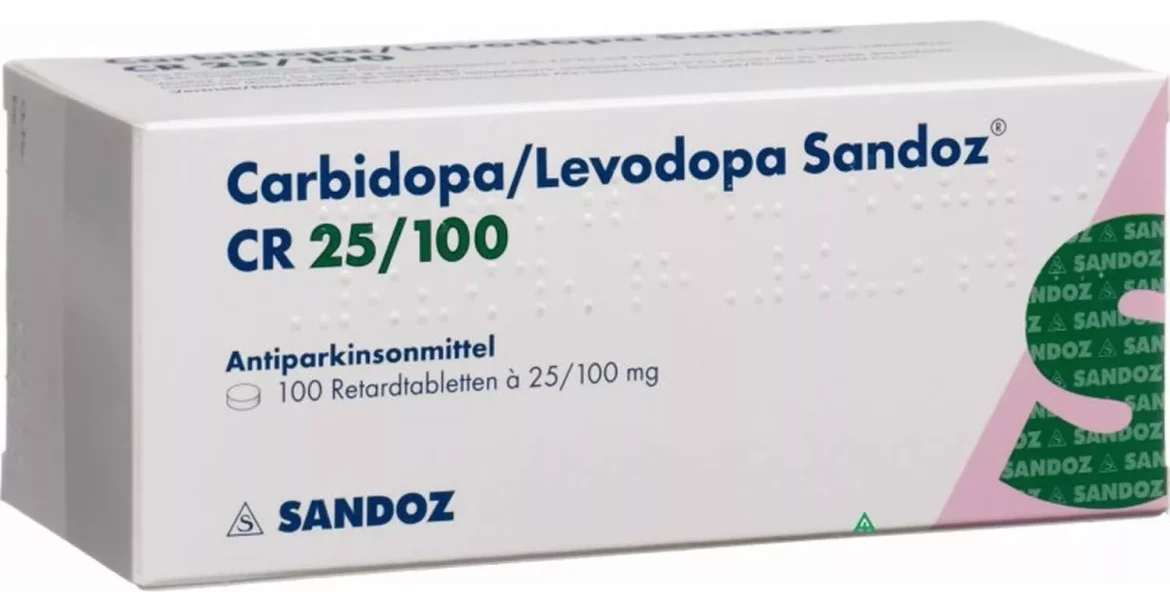Levodopa, also known as L-dopa, is a medication commonly used in the treatment of Parkinson’s disease. While it is highly effective in managing the motor symptoms of Parkinson’s, such as tremors, stiffness, and slowness of movement, one of the notable side effects associated with levodopa is hypotension, or low blood pressure. Understanding why levodopa can cause hypotension is crucial for healthcare professionals and patients alike to manage this side effect effectively.
Mechanism of Action of Levodopa
To comprehend why levodopa may lead to hypotension, it’s essential to first understand how the medication works. Levodopa is a precursor of dopamine, a neurotransmitter in the brain that plays a key role in motor function. In Parkinson’s disease, there is a depletion of dopamine-producing neurons in certain areas of the brain, leading to the characteristic symptoms of the disease.
Levodopa works by crossing the blood-brain barrier and being converted into dopamine in the brain. This replenishes dopamine levels, helping to alleviate motor symptoms. However, levodopa’s effects are not limited to the brain; it also affects other systems in the body, including the cardiovascular system.
Impact on Blood Pressure
One of the mechanisms through which levodopa can cause hypotension is by affecting the autonomic nervous system, which regulates involuntary bodily functions such as heart rate and blood pressure. Levodopa can lead to a decrease in sympathetic tone, which is responsible for maintaining blood pressure by increasing heart rate and constricting blood vessels when needed.
By reducing sympathetic activity, levodopa can result in vasodilation, where blood vessels relax and widen. This vasodilation contributes to a drop in blood pressure. Additionally, levodopa may also affect baroreceptor sensitivity, which plays a role in regulating blood pressure in response to changes in body position or activity levels. Altered baroreceptor function can further contribute to hypotension in individuals taking levodopa.
Pharmacokinetic Factors
The pharmacokinetics of levodopa can also influence its impact on blood pressure. The absorption, distribution, metabolism, and elimination of levodopa can vary among individuals, leading to differences in how the medication affects blood pressure. Factors such as age, renal function, and concurrent use of other medications can influence levodopa’s pharmacokinetics and contribute to hypotension.
Furthermore, levodopa is often administered in combination with carbidopa, a medication that enhances levodopa’s effectiveness and reduces its peripheral side effects. While carbidopa primarily acts in the periphery to inhibit the conversion of levodopa to dopamine before it reaches the brain, it can also affect blood pressure regulation. The combination of levodopa and carbidopa may potentiate the hypotensive effects seen with levodopa alone.
Individual Variability and Risk Factors
It’s important to recognize that not everyone taking levodopa will experience hypotension to the same degree. Individual variability in response to levodopa exists, with some individuals being more prone to developing hypotension than others. Certain risk factors can increase the likelihood of hypotension with levodopa therapy, including:
1. Advanced Age: Older adults may be more susceptible to hypotension due to age-related changes in blood vessel elasticity and autonomic function.
2. Pre-existing Cardiovascular Conditions: Individuals with underlying cardiovascular diseases, such as heart failure or orthostatic hypotension, may be at higher risk.
3. Concomitant Medications: Concurrent use of medications that affect blood pressure, such as alpha-blockers or diuretics, can potentiate levodopa-induced hypotension.
4. Dosing Regimen: The dose and timing of levodopa administration can influence blood pressure changes. Rapid increases in levodopa dosage or abrupt changes in dosing schedule may precipitate hypotension.
Management Strategies
Given the potential for levodopa to cause hypotension, healthcare providers must monitor patients closely during treatment. Strategies to manage levodopa-induced hypotension include:
1. Gradual Titration: Starting levodopa at a low dose and gradually titrating upward can minimize the risk of hypotension.
2. Optimizing Fluid Intake: Ensuring adequate hydration can help maintain blood pressure stability.
3. Postural Changes: Instructing patients to change positions slowly, especially from lying or sitting to standing, can prevent orthostatic hypotension.
4. Medication Review: Regularly reviewing and adjusting other medications that may interact with levodopa to affect blood pressure.
5. Monitoring Symptoms: Educating patients about the signs and symptoms of hypotension, such as dizziness, lightheadedness, or fainting, and advising them to report any concerning symptoms promptly.
In some cases, dose adjustments or modifications to the levodopa regimen may be necessary to balance the therapeutic benefits of the medication with the risk of hypotension. Close collaboration between healthcare providers and patients is essential to optimize Parkinson’s disease management while mitigating potential side effects like hypotension associated with levodopa therapy.
Conclusion
Levodopa is a cornerstone of Parkinson’s disease treatment, offering significant relief from motor symptoms. However, its use is associated with potential side effects, including hypotension. The mechanisms through which levodopa can cause hypotension involve alterations in autonomic nervous system function, pharmacokinetic factors, individual variability, and risk factors. Healthcare providers play a crucial role in monitoring patients for hypotension and implementing appropriate management strategies to ensure safe and effective levodopa therapy.


